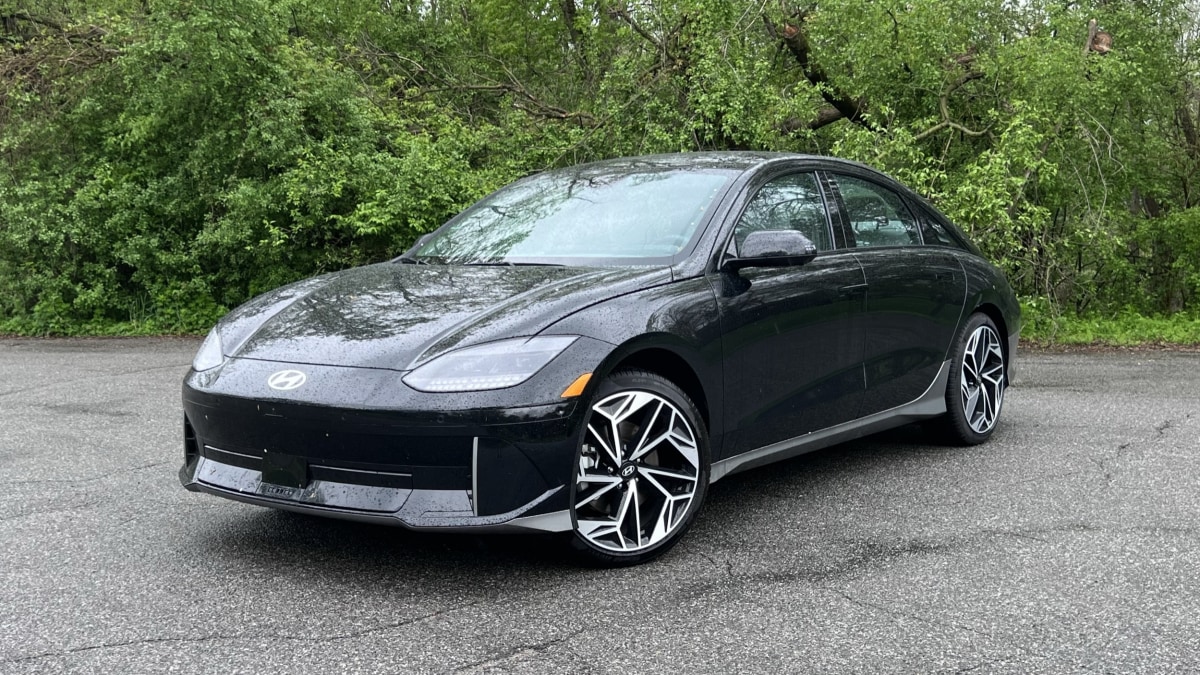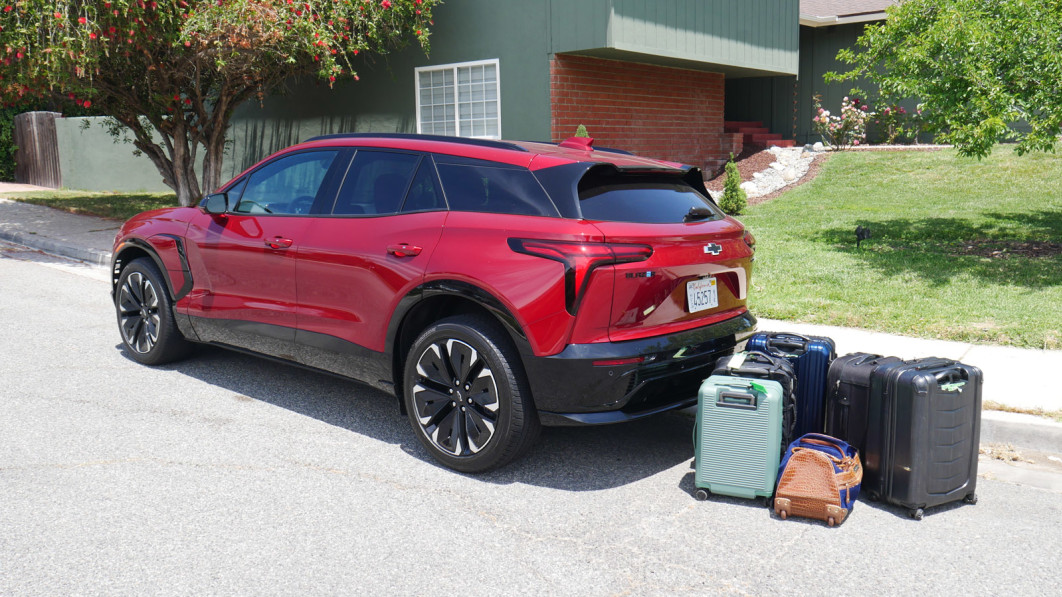Filed under: Hyundai,Buying Guide,New Car Reviews,Electric,Sedan

Continue reading 2025 Hyundai Ioniq 6 Review: An EV for those who'd still like a sedan
2025 Hyundai Ioniq 6 Review: An EV for those who'd still like a sedan originally appeared on Autoblog on Thu, 25 Jul 2024 10:00:00 EDT. Please see our terms for use of feeds.
Permalink | Email this | Comments








